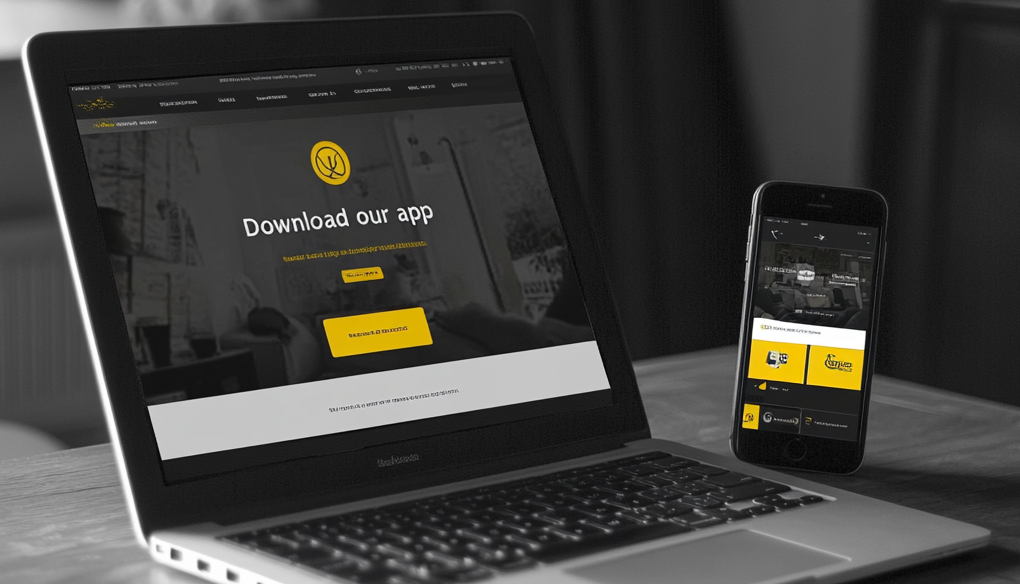Isn’t it frustrating to get stuck in a conversation with someone who only talks about themselves? Unfortunately, many companies send out newsletters that are mostly centered around what the sender wants to talk about rather than what the recipient is interested in. Don’t be that company.
By: Olof Strömbäck on June 11, 2024 | Reading time: 15 minutes
Share content that is valuable to your customers. We promise that this will make you far more popular than your competitors. And isn’t that the most low-hanging fruit you can find, sharing content that you already know works for your target audience and pushing it in one of the most powerful channels when it comes to customer relations?
Let’s deep dive into how to create value for your subscribers and leverage your content through email marketing. This article is divided into five steps:
- Purpose and goals
- Create your newsletter
- Follow-up and Analysis
- A/B Testing
- Optimization
Step 1 – Purpose and Goals
Start by setting one or more specific goals for sharing content in your newsletters. How will the content help your customers and ultimately create business value for you? Develop key performance indicators (KPIs) that match your goals so you can measure your success later. Find five suggestions below for examples of goals and how content distribution through email marketing can help your business:
- Increase engagement around a product or category
- Increase sales by activating a certain target group
- Build community and offer value to your subscribers
- Educate and motivate customers to start a customer journey
- Position yourself as a thought leader within your field
Know your target audience
Connect the content to your target groups and contextualize it in your newsletters. When it comes to making a relevant newsletter, it’s key to analyze your customers’ journey and target audiences to determine what content will likely be interesting for whom. For niched articles that target long-tail keywords with lower search volume, it will probably make more sense to target smaller segments. However, articles that target high-volume keywords on more general topics will most likely be relevant to a wider audience in your email list. Below, we have listed a couple of segments that might be interesting to look into:
- Customers who have purchased a product or shopped within a specific category
- Loyal customers you want to educate and motivate to start a new customer journey
- Inactive customers, you want to strengthen your relationship with
- New subscribers you want to further build your relationship with
- Customers who have not converted or abandoned their shopping cart
Step 2 – Design Your Newsletter
The design of your newsletter becomes a way for you as a company to manifest your brand identity. To make your newsletter successful, the design also needs to be functional, that is, invite engagement and clicks. Let’s go through some important key elements and how you should go about them when you include content as an additional offer in your newsletters.
Subject Line
The opening of an email is the first step towards conversion. Therefore, an engaging subject line is one of the most important elements in the newsletter. The subject line is your first contact with the recipient and should encourage them to open the newsletter and act on the content. Here are a few basic tips on how you can integrate your content offer into the subject line:
- Mention the content you want to highlight directly in the subject line if your main goal with the email is to offer something of extra value and/or create engagement
- Raise curiosity by giving a hint about the content without giving away too much
- Feel free to use the clickbait effect, but do not promise too much, as you do not want to disappoint the recipient
- Keep the subject line short with a clear call to action
- Start with an active verb to encourage the recipient to take action
Pre Header
Use the pre-header as a complement to the subject line. Always write a pre-header to avoid auto-generated content in your email. You might have received emails that say, for example, «Does this email look strange?» or similar. When you write your own custom pre-header, that type of autogenerated text will be more likely to be avoided. Here are some tips on what you can include in your pre-header:
- The pre-header is a good space to reinforce your main message or push for a side campaign
- Use the pre-header to lift content that complements your campaign. For example, a guide related to the product group or similar
- Remember to place the most important in the pre-header first. Depending on the device, parts of the pre-header will not be visible to your recipients
- Use your USPs to generate more openings. Highlight things that remove friction from a purchase, such as fast deliveries, free shipping, or other benefits
Layout
Think about how you want your content to be presented. For example, whether it constitutes your primary message or not. Newsletter layout is a chapter itself, therefore, here we have only listed a few general tips on what you can think about when you include content as a new element in your newsletter:
- Keep your newsletter simple and clean so that it becomes clear what is in focus and what the user should do
- Consider the visual hierarchy by focusing on your main message with a picture, active copy, and a clear call to action
- Include CTA buttons for your main message both at the beginning and at the bottom. It captures the user who has scrolled but not yet clicked.
- Keep in mind that the newsletter should create expectations that the landing page fulfills.
- Keep track of basic hygiene factors such as previewing your email on different platforms and browsers
Step 3 – Follow up on your newsletter
Follow up on the KPIs that you have linked to your goal. Use the basic set of KPIs such as open rate, click-through rate, click-to-open rate, conversion rate, and unsubscribe rate when analyzing your mailings. The choice of KPIs to focus on depends on the goals you have set. In a case where sales are the focus, the conversion rate is a primary KPI. A newsletter aimed at educating customers should primarily focus on engagement KPIs such as click-through rate and unsubscribe rate. Analyze the KPIs that match your goal:
- Open rate
The percentage of all recipients who have opened the newsletter.
- Click-through rate
The percentage of those who opened and clicked somewhere in the email message counted on all sent emails.
- Click to open rate
The percentage that has clicked somewhere in the email. Unlike click through rate, CTOR is only counted on those who opened the email message.
- Conversion rate
The percentage of recipients who clicked on the email and fulfilled the goal set on the landing page.
- Unsubscribe rate
The percentage of recipients who have unsubscribed from your newsletter.
A/B Testing
By testing your content, you gain valuable insights into your target audience’s preferences. Besides, you don’t take any major risks when implementing a new feature in your newsletters since you only send the test to a limited group. Below, we have listed important points to consider when planning an A/B test to examine how your target audience responds to a new content segment in your newsletters:
- Consider what goals you want to achieve when you start distributing content in your newsletter and develop hypotheses for A/B testing
- Set up a plan for what you want to implement in your newsletter and how it could potentially improve the newsletter’s performance
- Compile a list of variables that will test your hypotheses
- Evaluate the A/B tests to ensure that you have an objective starting point. Get a clear understanding of what works for your target audience before making any major changes to your newsletter.
Inspiration for variables to A/B test
Always start with a hypothesis when planning your A/B test and find out which variable will put your hypothesis to the test. Below we have put together a list of variables that might be interesting for you to test.
- Does the presentation of the content along with similar products lead to a higher CTR or conversion?
- Is the overall product category affected in terms of sales or engagement when distributing content in the newsletter?
- Does mentioning content in the subject line or pre-header affect the open rate?
- Is the open rate affected if the subject line is in the shape of a question?
- Is the open rate affected by teasing with content in the subject line compared to using more direct and clear communication?
- Does the time of day affect engagement when using content as the main message?
- Does the day of the week affect engagement when using content as the main message?
- What is the most optimal frequency for including content in your newsletters?
- Is there a difference in engagement when you include content in the newsletter for customers who have already bought similar products?
Optimization
By continuously analyzing what works well and what does not, you can find out what content your target audience is most likely to act on. Optimization is a vital part of getting the most out of the channel. Here are some tips on how you can work with the ongoing optimization of newsletters:
- Continuously refine and improve your email template by drawing conclusions from both long-term trends and individual send-outs
- Establish a regular analysis routine. Collect and document your results for future reference
- Take advantage of the lessons learned and optimize your email template to create a high-performing newsletter
- Get to know your target audience and deepen your relationship. Be responsive by learning which topics, tone, and frequency they like the most
- Use the common set of KPIs that are crucial for monitoring newsletters. However, always remember to tailor your analysis to your specific goals
- Follow the traffic all the way to the website to see how many visitors the channel generates
- Analyze specific elements of the newsletter to understand what type of content your target audience is more engaged in
- Continuously conduct A/B tests to gain more insights into what works for your target audience
In conclusion
Harnessing the power of newsletters as a content distribution channel offers a unique opportunity to engage directly with your audience, providing them with valuable content that speaks to their needs and interests. By carefully crafting your newsletters with a focus on the recipient’s preferences, integrating compelling content, and continuously optimizing based on feedback and analysis, you create a dynamic communication tool that not only enhances your brand’s reach but also strengthens the bond with your customers. This strategic approach, aligned with your broader SEO and content strategy, ensures that your content not only reaches a wider audience but also resonates deeply, fostering loyalty and driving business growth. Remember, the key to making the newsletter channel successful is based on delivering value to your target audience, making it an indispensable part of your marketing arsenal.





